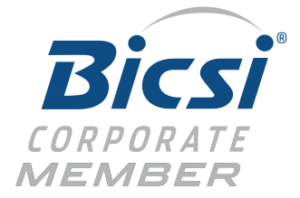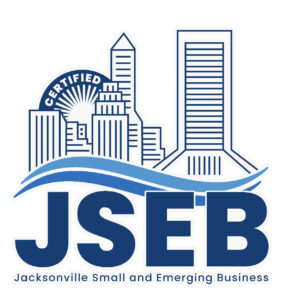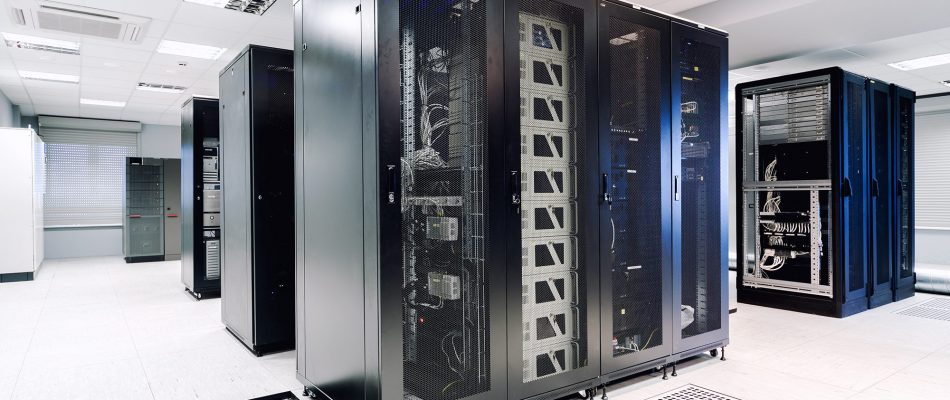Business networks are crucial to the entire operation because they provide effective communication, coordination, and other essential things for day-to-day functions. Most businesses invest in cyber security to protect their network from data breaches, malware, and other cyber threats. While these are the most obvious fronts to cover, you should also consider physical threats to your business network. This includes things like natural disasters, human intervention, and physical threats that the building poses to your network equipment and server room. Failure to recognize these threats may result in sluggish network performance, breakdowns, hardware failure, and other issues that ultimately lead to costly downtime. No modern business should face network downtime because it means a loss of revenue. Of course, you must always consult expert professionals like Communications Solutions Inc. in Jacksonville, Florida, regarding business network security (physical and digital), maintenance, and upgrades. They have the best people to professionally guide you through the unique network concerns of your business. That being said, there are a few common server room issues and threats you should learn to avoid on your own.
Common Server Room Issues to Avoid
Here are some of the most common server room issues to avoid.
● Inadequate Temperature Monitoring and Controls
The temperatures network equipment can handle has limits. Too much heat can slow down performance, damage equipment, and create several other problems for your business network.
Server room temperatures need to be maintained at or below room temperature. The air has to be anywhere between 68° to 72°F (20° to 24°C) for the equipment to deliver optimal performance and longevity.
You need to consider several heat-producing factors in the server room, including heat from the servers and external heat influences. If your server room is near an industrial boiler, you must reconsider its position.
Most importantly, however, you must maintain temperature control, which starts with temperature monitoring. Only through monitoring will you be able to take effective actions. While smaller operations use temperature gauges, some even incorporate infrared (IR) CCTV cameras that can detect overheating and reveal the source of the heat.
Another crucial factor is airflow circulation, which is like the life support of any server room. You need to keep cool air separate from hot air and ensure that sufficient airflow is maintained at all times. Rack-mounted fans and panels can help manage airflow by directing and containing hot and cool air.
Similarly, creating alternate hot and cold aisles between multiple server racks is an excellent server room design feature that can help manage airflow efficiently.
● Hazardous Relative Humidity (RH) Levels
Humidity is another temperature-related problem that can create issues for your server room and network equipment. Too much humidity and condensation can occur, causing short circuits, rust, or corrosion in the electrical equipment; too little and the dryness may result in electrostatic discharge, damaging servers.
Like the server room temperature, you need to monitor RH levels and maintain them between 45 to 55 percent. While there are plenty of advanced technologies to control relative humidity, an easy and convenient way to do it is through temperature controls.
Just make sure that the airflow management keeps your server rooms’ hot and cool air separate, as mixing the two can result in hazardous humid spots in your server room.
● Constant or Frequent Tremors and Vibrations
Natural disasters like earthquakes are an obvious exception here, but constant or frequent tremors or vibrations in the server room have consequences. They can interfere with the delicate and rapid spinning of the hard drives, which can scratch the drive and result in data loss or inconsistencies.
Similarly, they can also dislodge smaller network equipment components, creating hard-to-detect problems that result in plenty of downtimes. A simple solution is to place your server room away from busy roads, heavy machinery, or even excessive foot traffic.
Find a calm, clean, and stable area where your servers will not experience any tremors or vibrations. Moreover, if you have people frequently going inside your server room, it is ideal to use enclosed racks with locks on the doors to prevent human interference and accidental contact.
● Nearby Water Damage and Leaks
Of course, water is the enemy of all electrical items, so server rooms ban people from taking liquids inside. Still, nearby water damage and leaks are some of the most common issues faced by server rooms and data centers alike.
Plumping pipes can leak into the walls or ceilings, causing water damage. These leaks cause damage to your equipment and server room over time. Things like humidity and mold can also become a huge problem if water damage is not dealt with promptly.
It is always best to place your server room away from plumbing pipes and water hazards. However, this is not always achievable. A better approach is to learn where nearby plumbing pipes are and regularly check for leaks.
You need to stay on top of water damage because even a little bit of water can short a lot of equipment, resulting in expensive repairs, replacements, and costly network downtime.
● Improper Cable Management
Cable management is perhaps the most underrated and overlooked aspect of business server rooms, especially among smaller businesses. When you have server racks with network equipment, you will inevitably have a lot of cables going through them.
Without proper cable management, you can face several issues like people tripping over and causing further accidents, pinched cables, unwanted outages, and, most importantly, delayed maintenance. When cables are disorganized, technicians take longer to repair or maintain network equipment, increasing downtime.
They have to figure out which cable goes where and often manually trace each one to determine the source of a problem or perform maintenance. Another problem with jumbled cables inside server racks is that they prevent sufficient airflow, which we know is bad for servers and server rooms.
With proper cable management, you resolve these issues and also enable your systems to be easily upgraded in the future. Plenty of small accessories like zip ties, cable straps, and other rack organizers can help you implement simple cable management.
Basic vertical and horizontal cable management is easy to implement and highly rewarding in the long run. Of course, you could always hire professionals like Communications Solutions Inc. to help you out with proper cable management and structured cabling.
Conclusion
The mentioned common server room issues must be avoided at all costs, especially because they are easily preventable. Just follow the mentioned solutions, and your business won’t have to face downtime from these common physical threats.
Although we highly recommend consulting the expert professionals at Communications Solutions Inc. for all your business network and structured cabling needs.
If you want to learn more about common server room issues to avoid or the best network, cable, and physical security solutions for your business, Contact Us Today!



